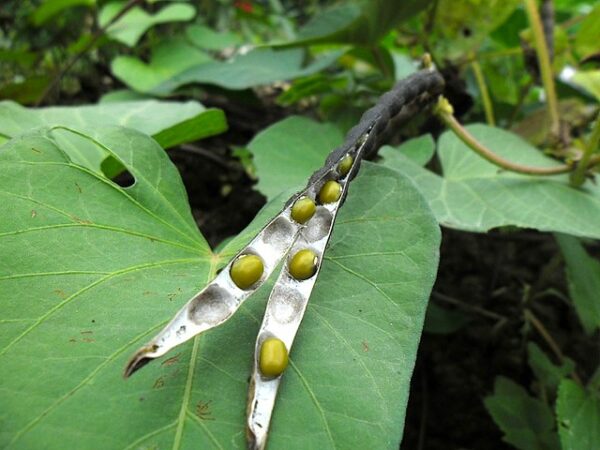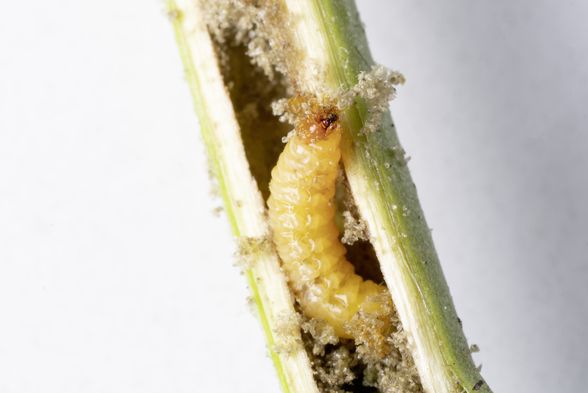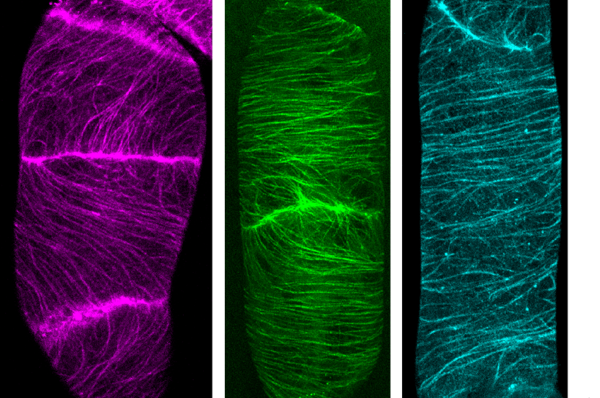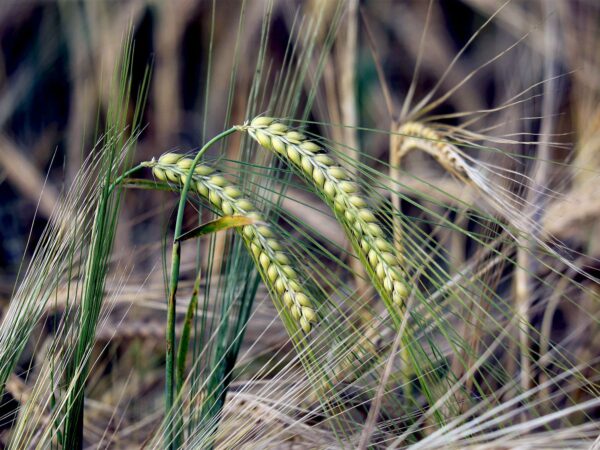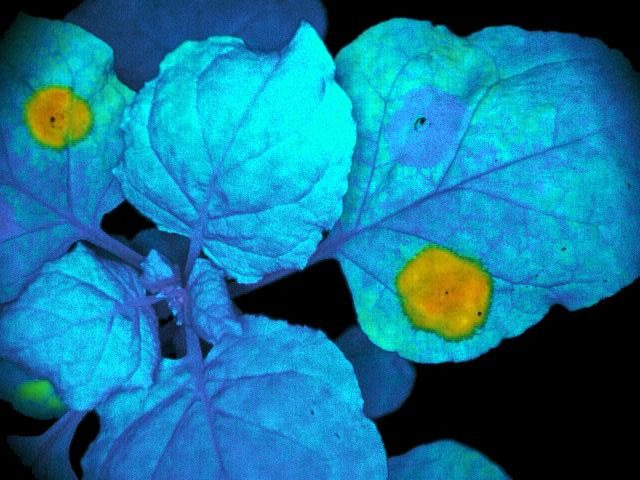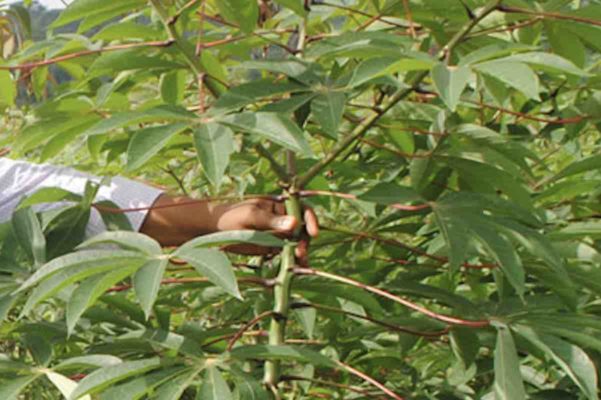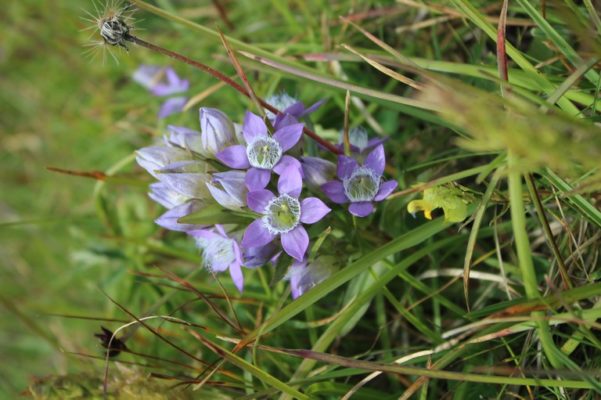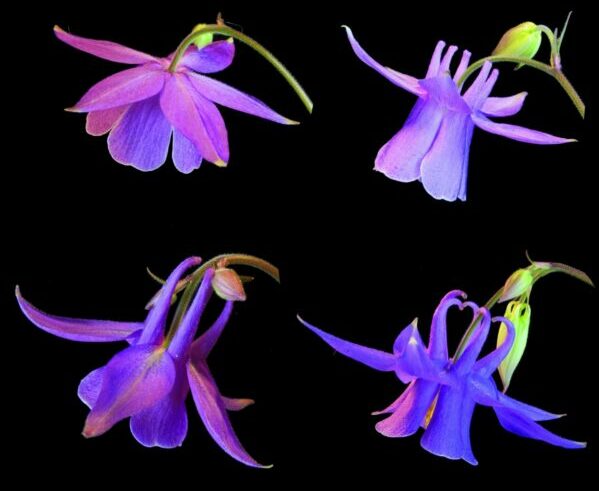
The evolution of novel features - traits such as wings or eyes - helps organisms make the most use of their environment and promotes increased diversification among species. Understanding the underlying genetic and developmental mechanisms involved in the origin of…
Read More


